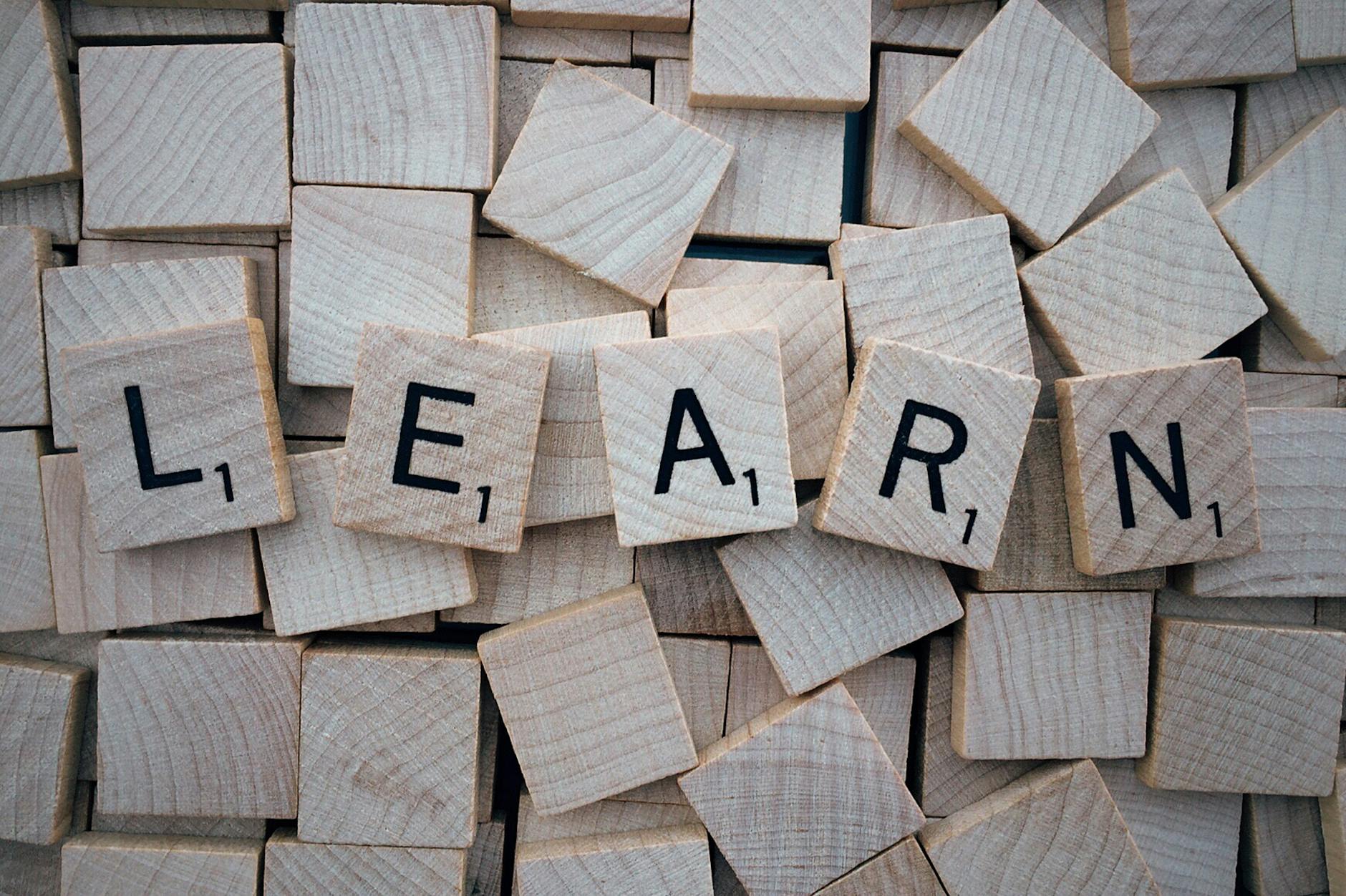What is language acquisition?

What is language acquisition?
Language acquisition is a fascinating process through which humans gain the ability to perceive, comprehend, and produce language. This process is not just vital for communication; it plays a significant role in our cognitive and social development. Understanding how we acquire language can inform educational practices and enhance communication skills, making it an essential topic for educators, parents, and anyone interested in personal development.
Understanding Language Acquisition
At its core, language acquisition refers to the natural process by which individuals learn a language. This is distinct from language learning, which typically involves formal education and structured lessons. While language acquisition happens organically, often in early childhood, language learning usually takes place in a classroom setting or through intentional study.
In simpler terms, think of language acquisition as how children effortlessly pick up their mother tongue, while language learning is akin to how adults might study a foreign language in school. Both processes are crucial, but they operate under different conditions and methodologies.

Photo by Pixabay
Theories of Language Acquisition
Several theories attempt to explain how we acquire language. Here are the most prominent:
- Behaviorist Theory: Proposed by B.F. Skinner, this theory suggests that language is learned through reinforcement and imitation. Children learn to speak by mimicking the sounds they hear and receiving positive feedback.
- Nativist Theory: Noam Chomsky championed this perspective, arguing that humans are born with an innate ability to understand the structure of language. This theory posits that all languages share a common underlying structure known as Universal Grammar.
- Interactionist Theory: This viewpoint combines elements of behaviorism and nativism. It emphasizes the importance of social interactions in language acquisition, suggesting that children learn language through meaningful conversations with caregivers and peers.
For a deeper dive into these theories, you can explore the comprehensive overview provided by Simply Psychology.
Stages of Language Acquisition
Language acquisition unfolds in distinct stages, each marked by specific milestones. Recognizing these stages can help parents and educators support language development effectively.
Pre-linguistic Stage
Before children utter their first words, they go through the pre-linguistic stage. This phase includes sounds like cooing and babbling, where infants experiment with their vocal cords. Though these sounds may seem random, they lay the foundation for later speech.
Single Word Stage
Around the age of 12 months, children typically enter the single-word stage. Here, they start using single words to convey meaning. For instance, saying “milk” might indicate a desire for a drink. These words serve as powerful tools for communication, even if they lack grammatical structure.
Two-word Stage
As children approach 18-24 months, they transition into the two-word stage. This phase is characterized by more complex expressions, such as “want cookie” or “go park.” Although the sentences are simple, they reflect an understanding of basic syntax and the relationship between words.
For additional insights on these stages, the Stages of Language Acquisition provides an excellent breakdown.
Factors Influencing Language Acquisition
Numerous factors affect how individuals acquire language. Understanding these can help create an environment conducive to language development.
The Role of Environment
A stimulating verbal environment is crucial for language acquisition. Children exposed to rich language experiences—such as conversations, storytelling, and songs—are more likely to develop strong language skills. Parents and caregivers can enhance language acquisition by talking, reading, and singing to their children regularly.
Impact of Social Interaction
Social interaction plays a critical role in language learning. Conversations with caregivers and peers provide context and meaning to words, enabling children to grasp language nuances. Engaging in dialogue not only fosters vocabulary growth but also enhances conversational skills and understanding.
For a more in-depth look at these influences, visit 9 Factors that Influence Language Learning.
Applications of Language Acquisition Research
Understanding language acquisition has practical applications in education, particularly when it comes to teaching strategies and supporting language learners.
Implications for Teaching
Educators can enhance learning by employing strategies informed by language acquisition theories. For instance, incorporating interactive activities and real-life communication can help reinforce language skills. Recognizing the different stages of language acquisition allows teachers to tailor their approaches to meet students’ needs effectively.
Supporting Bilingual and Multilingual Learners
Language acquisition research also informs techniques for teaching bilingual and multilingual learners. Understanding the unique challenges these students face enables educators to provide appropriate support. Strategies might include using visual aids, fostering a language-rich environment, and encouraging peer interactions to promote language use.
For more about supporting diverse learners, check out this insightful article from Colorín Colorado.
Conclusion
In summary, language acquisition is a complex and vital process that shapes our ability to communicate and connect with others. By understanding its stages, influencing factors, and practical applications, we can support personal and academic growth. Whether you’re a parent, educator, or lifelong learner, recognizing the importance of language acquisition can enhance your communication skills and enrich your interactions with others. Embrace this journey, as language is the key that unlocks countless doors in our lives.